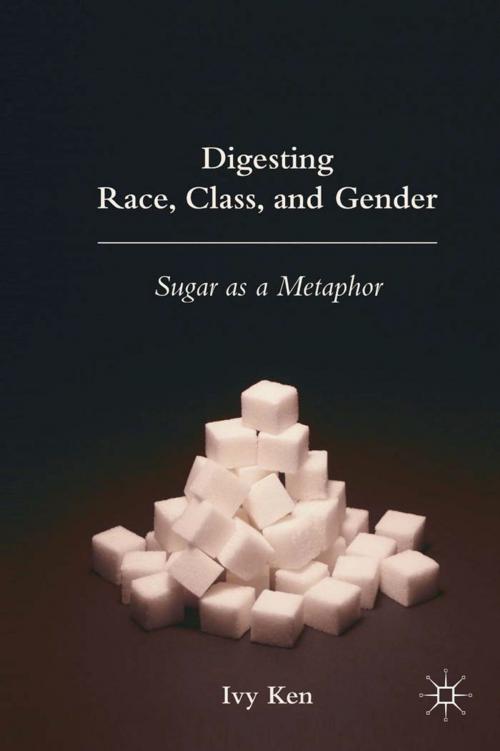Digesting Race, Class, and Gender
Sugar as a Metaphor
Nonfiction, Social & Cultural Studies, Political Science, Politics, Economic Conditions, Social Science, Cultural Studies, Ethnic Studies, Business & Finance| Author: | I. Ken | ISBN: | 9780230115385 |
| Publisher: | Palgrave Macmillan US | Publication: | December 20, 2010 |
| Imprint: | Palgrave Macmillan | Language: | English |
| Author: | I. Ken |
| ISBN: | 9780230115385 |
| Publisher: | Palgrave Macmillan US |
| Publication: | December 20, 2010 |
| Imprint: | Palgrave Macmillan |
| Language: | English |
How are the ways that race organizes our lives related to the ways gender and class organize our lives? How might these organizing mechanisms conflict or work together? In Digesting Race, Class, and Gender, Ivy Ken likens race, class, and gender to foods - foods that are produced in fields, mixed together in bowls, and digested in our social and institutional bodies. In the field, one food may contaminate another through cross-pollination. In the mixing bowl, each food s original molecular structure changes in the presence of others. And within a meal, the presence of one food may impede or facilitate the digestion of another. At each of these sites, the "foods" of race, class, and gender are involved in dynamic relationships with each other that have implications for the shape - or the taste - of our social order.
How are the ways that race organizes our lives related to the ways gender and class organize our lives? How might these organizing mechanisms conflict or work together? In Digesting Race, Class, and Gender, Ivy Ken likens race, class, and gender to foods - foods that are produced in fields, mixed together in bowls, and digested in our social and institutional bodies. In the field, one food may contaminate another through cross-pollination. In the mixing bowl, each food s original molecular structure changes in the presence of others. And within a meal, the presence of one food may impede or facilitate the digestion of another. At each of these sites, the "foods" of race, class, and gender are involved in dynamic relationships with each other that have implications for the shape - or the taste - of our social order.















